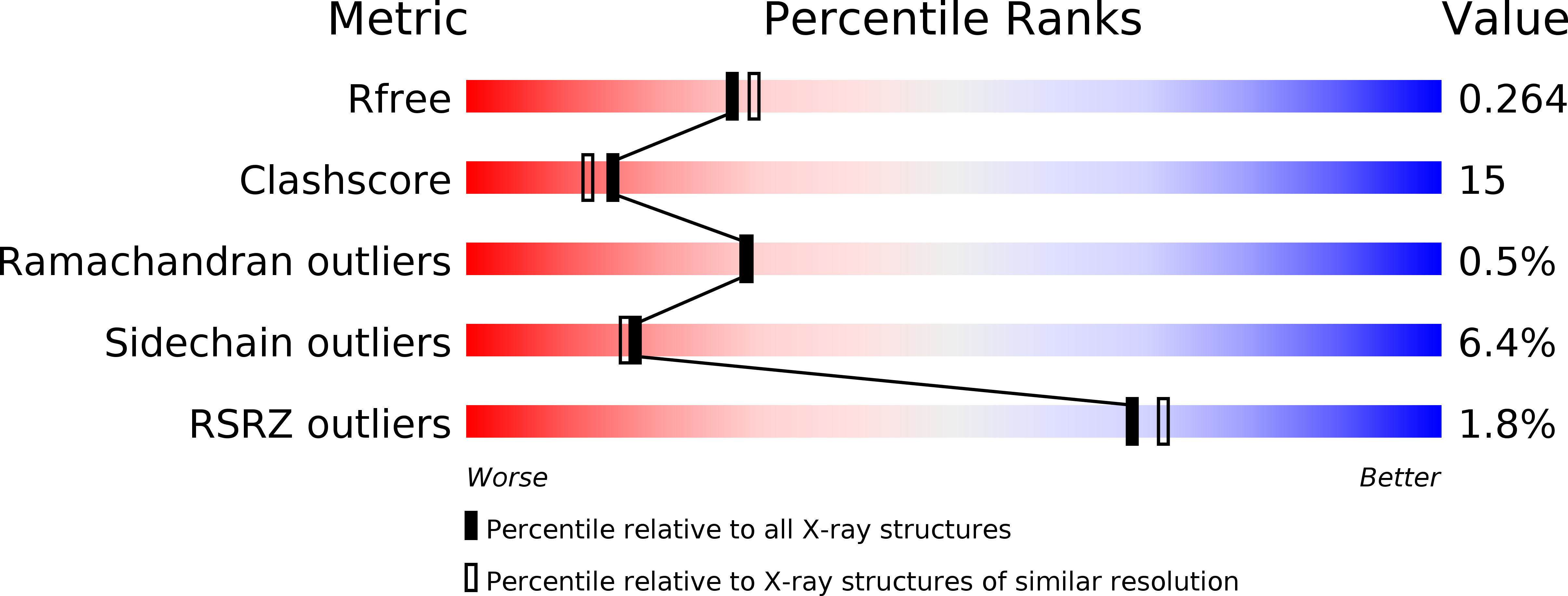
Deposition Date
2009-09-08
Release Date
2010-09-01
Last Version Date
2023-12-20
Entry Detail
PDB ID:
2WSK
Keywords:
Title:
Crystal structure of Glycogen Debranching Enzyme GlgX from Escherichia coli K-12
Biological Source:
Source Organism:
ESCHERICHIA COLI K-12 (Taxon ID: 83333)
Host Organism:
Method Details:
Experimental Method:
Resolution:
2.25 Å
R-Value Free:
0.26
R-Value Work:
0.20
R-Value Observed:
0.20
Space Group:
P 21 21 21


